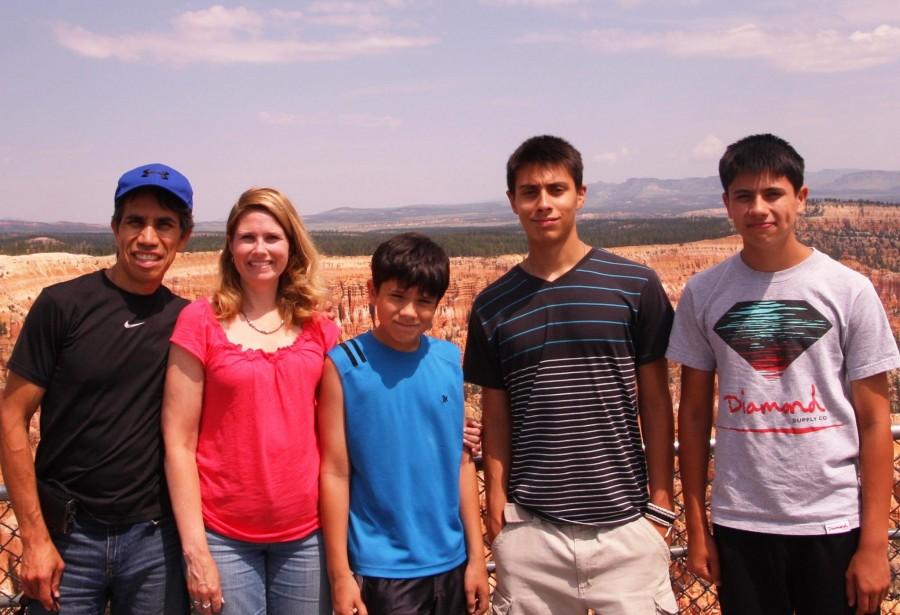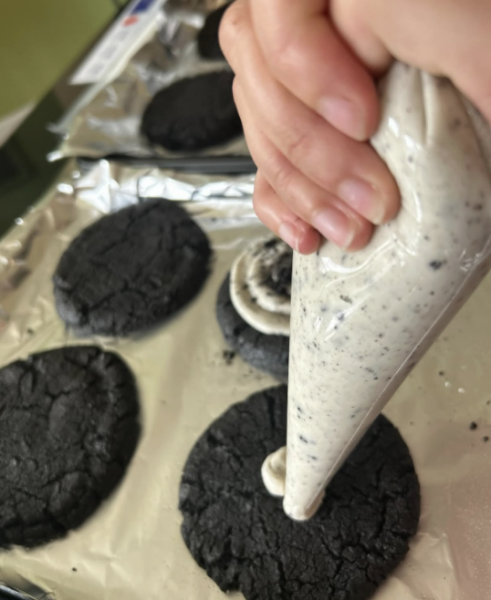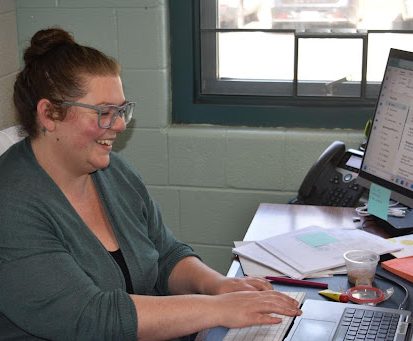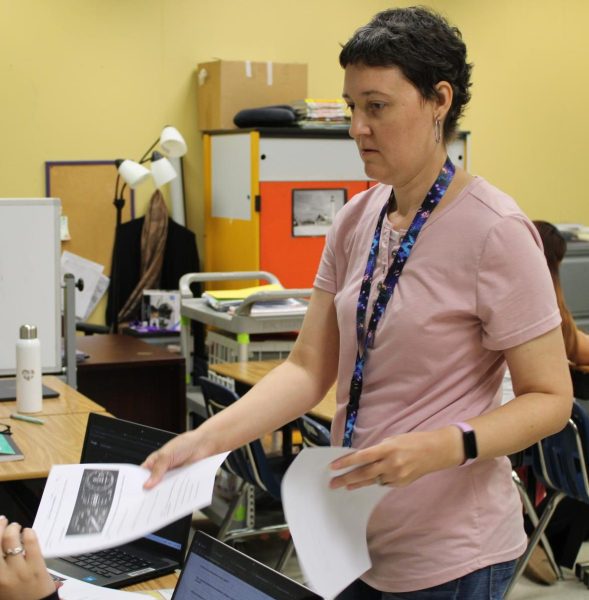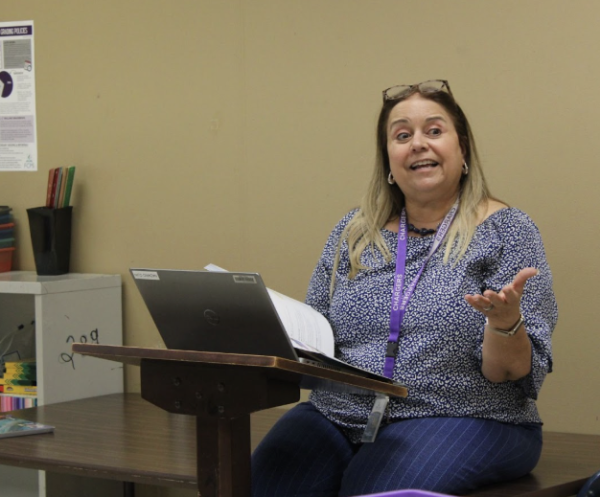Multiracial identities among the school
The Deleon family at the Grand Canyon.
The term “multiracial” is defined as a person of diverse ethnicity and combined race. Oftentimes, people may assume a person’s race directly based on physical appearances or spoken language. Sometimes, it is believed that multiracial people belong to one race more than another. In certain cases, people who share one race with a multiracial person may not believe that they share the same ethnicity and state that they belong to the other race more.
According to the Pew Research Center, 47 percent of multiracial people don’t identify themselves that way because they only look like one race. Furthermore, 39 percent of those surveyed say they identify closely with only one race and not the other.
Multiracial people generally will go through a journey of defining themselves to find where they belong, and this is no easy task.
Multiracial students are often addressed with questions about their race, such as whether they speak the language or look like one race more than another. They typically face struggles in deciding whether or not they identify with one race more than the other, or whether they choose to identify themselves as their own individual.
“I don’t consider myself more black or more white; I say I’m mixed,” sophomore Leah Copeland said. “It’s annoying when people say ‘You’re not really black’ or ‘You’re not really white,’ because I am. I just happen to be both.”
Copeland, whose father is African-American and mother is Caucasian, has never had trouble with accepting her race or identifying herself.
“I’ve always been happy about my ethnicity,” Copeland said. “[I’ve] never [felt] obligated to pick one race over the other.”
Junior Anna Siddall, who has a Japanese mother and a Caucasian father, also has no trouble in defining herself or her ethnicity.
“It’s not hard to accept an ethnicity,” Siddall said. “It’s who you are.”
Similarly to Copeland and Siddall, junior Michael Deleon has parents of two different races: his father is Hispanic while his mother is Caucasian.
“I’ve accepted my ethnicity, although it’s kind of weird because white people consider me Hispanic, [while] Hispanic people consider me white,” Deleon said.
The Pew Research Center study shows that 55 percent of multiracial people have been exposed to insults or jokes due to their racial backgrounds. People may presume that a person is a certain nationality based upon their looks and appearances, and they are often faced with these assumptions.
“Sometimes I wish I was just one race so I wouldn’t have deal with so many stereotypes and so I could fit in a little bit better,” Deleon said. “People judge me really fast based on my skin tone.”
Physical appearance plays a significant part for Deleon when defining himself and his race.
“It’s not like being mixed will make your appearance less attractive,” Siddall said.
Siddall is a strong believer in that what is most important for people is how they see themselves and accepting who they are.
“After a while, I’ve learned to just be myself and not worry too much about what others think because it’s who you are as a person that really matters, not how you look,” Deleon said.
However, the challenges with being a multiracial person not only limited to physical appearances, but also concern the presumption that they can speak another language.
“I have always wished that I spoke Spanish fluently and that I could be a ‘normal Hispanic,’” Deleon said. “A lot of people give me a hard time about [how I don’t speak] my native language and that I’m not a true Hispanic or even that I’m not a true white person.”
Multiracial people don’t always speak their native languages. According to the Pew Research Center, 24 percent of multiracial people in the United States have felt that people have made assumptions on their racial background.
“[To me], there’s absolutely nothing wrong with [my] race,” Copeland said.
Multiracial people often face struggles with their identity, though some have no trouble accepting their ethnicity.
“I’ve gotten used to these [racial] comments,” Deleon said. “I know [now] that I am my own individual person.”
Your donation will support the student journalists of Chantilly High School. Your contribution will allow us to cover our printing and annual website hosting costs.


